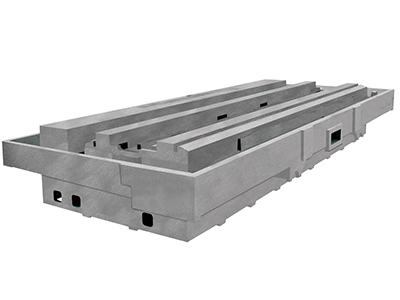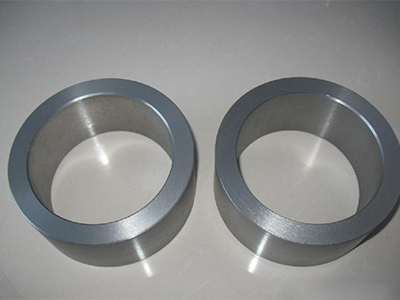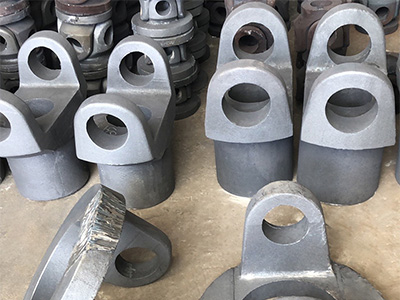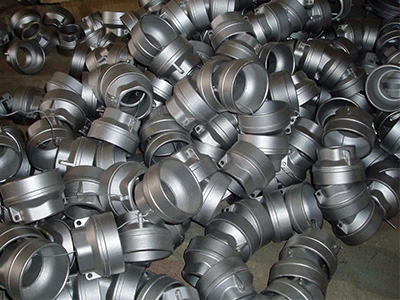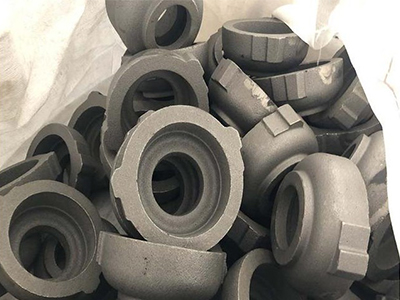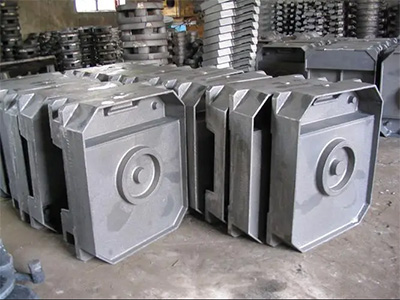- Precision processing method of pouring surfaces
- Requirements for precision casting
- The processing technology of stainless steel precision casting
- The main points of quality control of ductile iron casting
- Technical requirements and material selection of precision casting
- Precision forging process of stainless steel
- Calculation method and proportion of casting riser design
- What is the technological process of stainless steel precision casting?
- Why should the quality of steel casting pay attention to good molds
- Advantages of high manganese steel castings
- Call : +86 13390692151
- sale@kfqizhongji.com
-
Room 1, No. 21, Chaoying East Road, Zhoushi,
Kunshan City, Jiangsu Province, China
Factors affecting the accuracy of Castings
Castings in the production and processing process, affected by many factors may lead to the lack of precision of castings, so what are the factors?
1. The influence of casting structure: a. The casting wall is thick, the shrinkage rate is large, the casting wall is thin, the shrinkage rate is small. b. The free contraction rate is large, but the hindrance shrinkage rate is small.
2. The influence of casting material: a. The higher the carbon content in the material, the smaller the linear shrinkage, and the lower the carbon content, the greater the linear shrinkage. b. The casting shrinkage of common materials is as follows: casting shrinkage K = (LM-LJ) / LJ100%,LM is the cavity specification, LJ is the casting specification. K is affected by the following reasons: wax mold K1, casting structure K2, alloy type K3, pouring temperature K4.
3. Effect of mold making on linear shrinkage of casting parts: a. The wax injection temperature, wax injection pressure and holding time have the most significant influence on the mold specification, and the wax injection pressure has little effect on the final mold specification. b. The linear shrinkage of wax (mold) material is about 0.9-1.1%. c. When the mold is stored, it will further shrink, and the shrinkage value is about 10% of the total shrinkage, but after 12 hours of storage, the mold specification is generally stable. d. The radial shrinkage of the wax mold is only 30-40% of the shrinkage in the length direction, and the effect of wax injection temperature on the free shrinkage is far greater than that on the hindered shrinkage (the suitable wax injection temperature is 57-59 ℃, the higher the temperature, the greater the shrinkage).
4. The influence of shell material: the use of zircon sand, zircon powder, Shangdian sand, Shangdian powder, because of its small expansion coefficient, only 4.610-6 / ℃, so it can be ignored.
5. The influence of shell roasting: because the expansion coefficient of the shell is small, when the shell temperature is 1150 ℃, it is only 0.053%, so it can be ignored.
6. The influence of casting temperature: the higher the pouring temperature is, the higher the shrinkage is, and the lower the pouring temperature is, the smaller the shrinkage is, so the pouring temperature should be appropriate.
